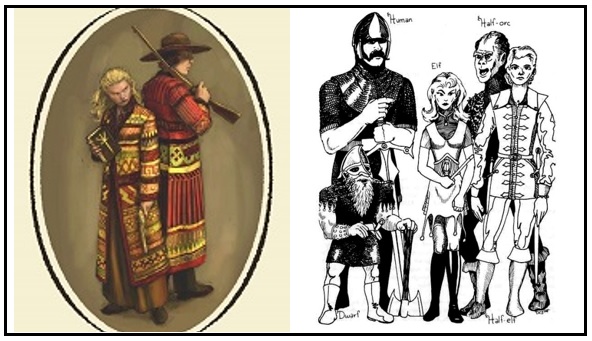Here’s the second session with Justin Nichols as I test my current notions of a Design Curriculum upon him. Last time, we talked about the desireable “reward” cycle of excitement, engagement with the procedures, and inspiration. This time it’s about a particular structural rubric you can find attached to this post.
The rubric itself carries the useful point that two games “about X” don’t have to have the same structure, and two games with the same structure can be about completely different “X’s.” But more importantly, it sets up for two crucial “why” questions, which then permits us to go all the way back to the first diagram and talk about what kinds of procedures will serve the reward cycle, and cross-reference those with the structure.
As usual, you can see here that getting this far means the creator cannot help but start thinking productively about the nitty-gritty mechanics now, and I let us indulge in that for a few minutes at the end before reining it in. Because that’s going to require a couple of diagrams and notions of its own, which begins in Part 3.


5 responses to “Design Curriculum 2: Structure”
Proving to be an excellent series
Part 2 is every bit as enjoyable and educational as the first session. Here are the high points for me:
1) Using the answers to the first two questions (what's cool about your game, and why do we need a new game for that) as the starting point for your inspiration cycle
2) Noting that improvements to characters is only meaningful when they result in a change in play quality
3) Noting that consequences are "only significant if they are felt at the level of experiencing the color." It's not that my HP are down, I'm hurt. It's not that I leveled up, I'm a bigger part of the setting now. "Reward mechanics are only functional as [reward mechanics] when they are themselves a piece of that imaginative excitement."
4) The design choices about incremental improvement puts the bite into your major design decisions, even if indirectly. Your discussion about how combat affects the way curses in Kinfolk would function was incredibly illuminating. "Decisions in combat are a subroutine of reward."
I love the design structure chart as well as the color reward cycle chart from the first video. Both are powerful in a way that it not immediately evident from first looking at them. They grow in their depth and meaning as these lessons go on.
I feel like I should chip in for Justin's lessons, because I am learning a ton here. Really, great work.
Thanks! Adept Play is turning
Thanks! Adept Play is turning into a great joy for me, but most directly and concretely in developing this material. I'm really looking forward to seeing your distillation. I already have some thoughts about the right organization for it.
At the risk of overstepping what's best left as a rhetorical compliment, I know how you can "pay" me – by sharing far & wide, with a phrase or two pretty much as you've written here. This would be the best return I could hope for, and at this point it's the key to live-or-die for the site.
I’ll definitely do that!
I'll definitely do that!
The Rest of the Playlist
Not sure why the playlist on youtube wasn't working. Here are the links for the rest of session 2. I thought they might be of use.
Part 2
Part 3
Thanks! I think it was about
Thanks! I think it was about this time that I finally figured out how to make playlists.
Let me know of any thoughts or questions you might have from the discussion!